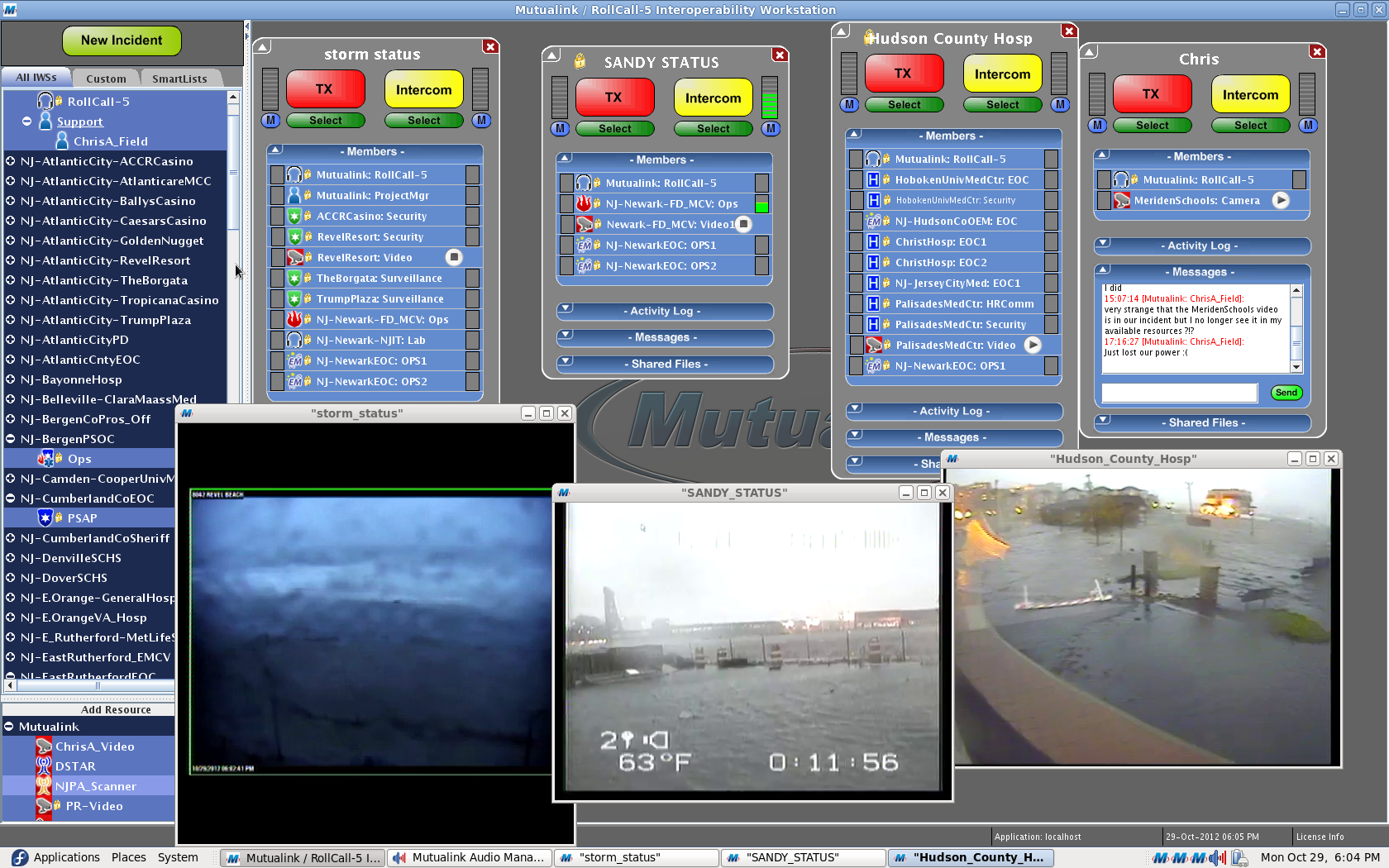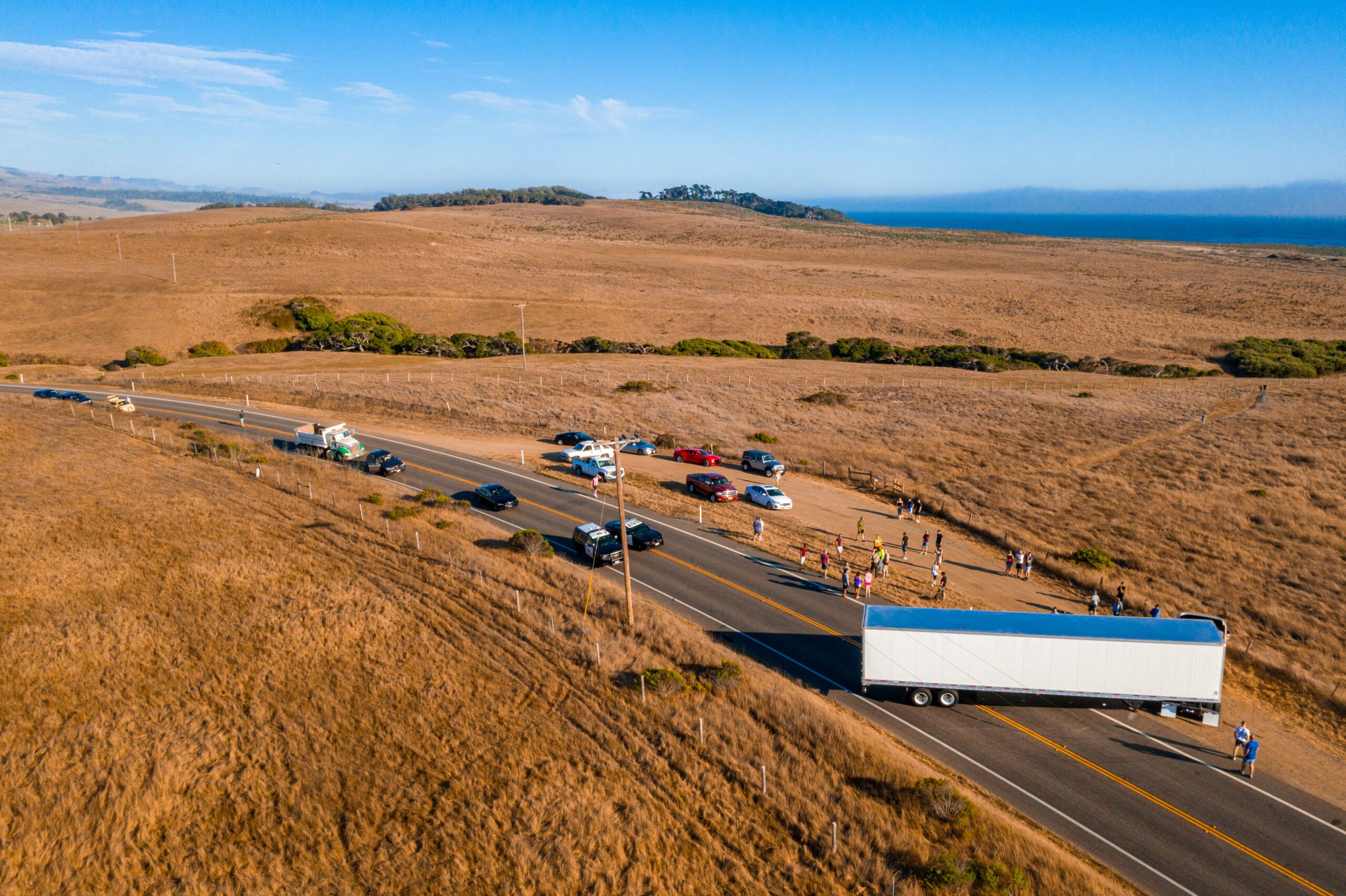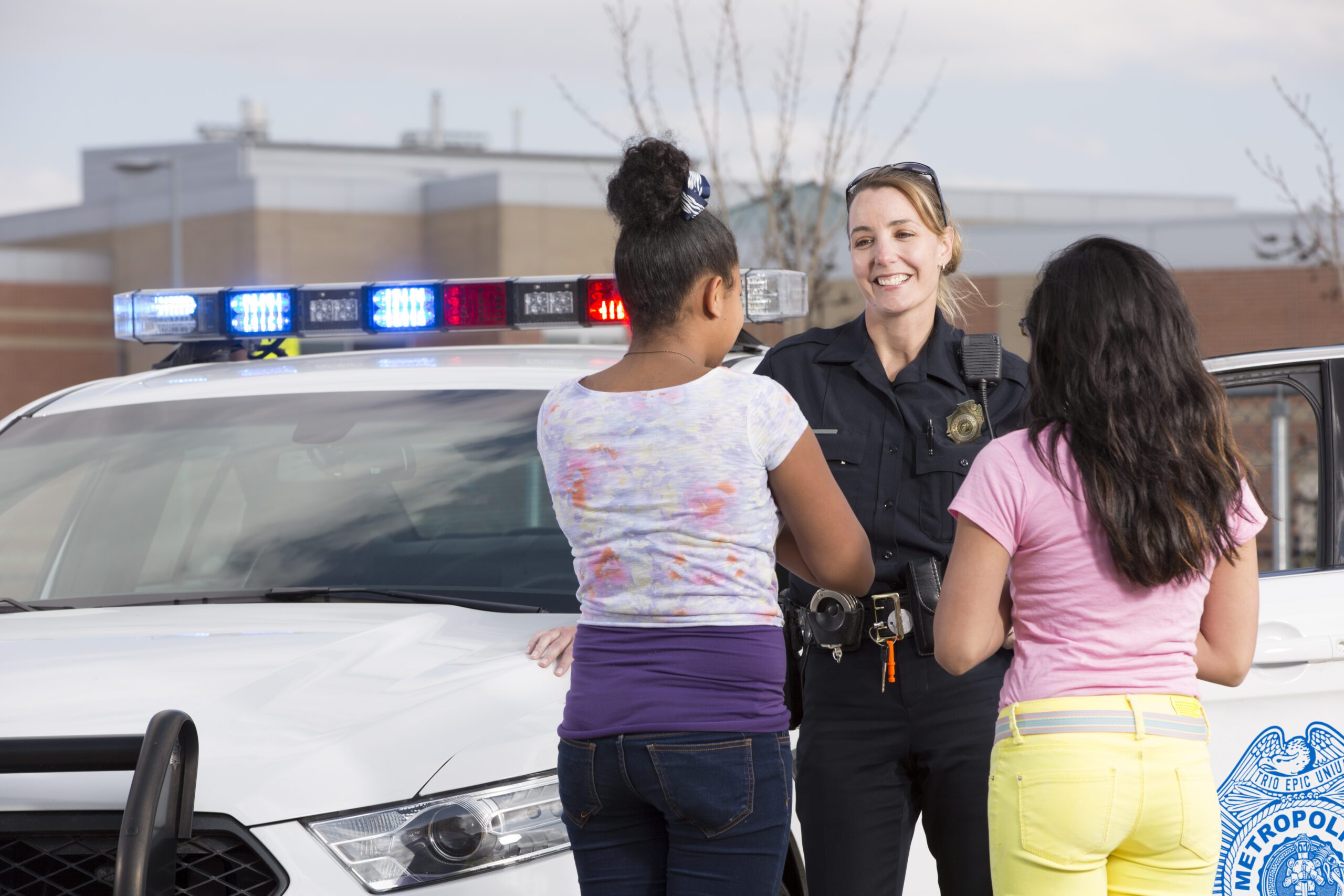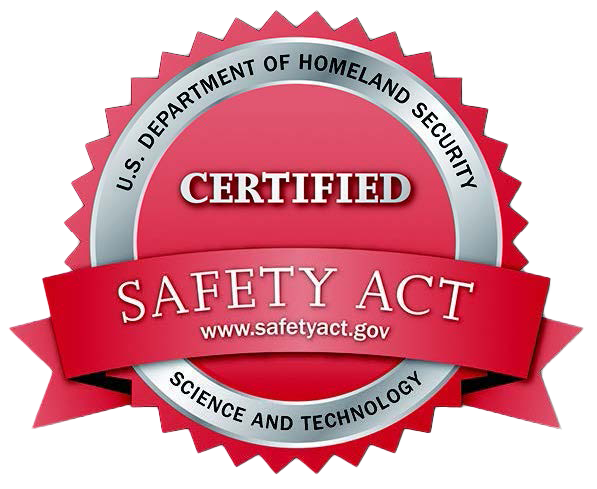The ability to interoperate during emergencies is critical to quickly resolve incidents with the best outcomes. To share information with first responders, a picture is worth a thousand words. And video is worth a hundred images. So think about these benefits when considering how you collaborate within your agency and with other agencies:
Show, not Tell
Sometimes when responding to emergencies, words fail us. Sometimes we don’t know how to describe what we’re seeing. Words can be subjective. But live streaming video puts the recipient in the moment. In the thick of the action. They can ask questions about what they’re seeing to gain clarity. They don’t need to interpret someone else’s words. Video should complement, not replace, voice. It reinforces and gives depth to your spoken word.
Resolve Incidents Quickly
Morover, video conveys more in a minute than words can alone. By sharing video from the scene of an accident, the dispatcher or emergency room personnel can engage more fully with what first responders are telling them. In addition to what they hear, they may see something that will aid in their evaluation of the scene or the patient, and enable more appropriate action. With the proliferation of public cameras and private video management systems (VMS), as well as personal smart phones, video is more available than ever. Engaging with this video brings everyone involved in the incident closer to the problem. Closer to achieving resolution. And fuller engagement leads to faster resolution.
Leverage Existing Resources
These days, we increasingly turn to our mobile devices for information. Increasingly, it’s in the form of video. Similarly, virtually everyone today uses their smartphone video camera – a powerful tool for communication. In addition, surveillance video, often used for forensic reconstruction, can be shared in real time with current technology, doubling the value of the investment in cameras and VMS. With the anticipated availability of FirstNet, the Nationwide Public Safety Broadband Network (NPSBN), the sharing of video among public safety agencies will be further enhanced, with dedicated bandwidth available to first responders. As a participant in the FirstNet Early Builder project JerseyNet, Atlantic City Police Department experienced these benefits first-hand during large events held in the city in recent years.
Provide Advance Situational Awareness
Advance intelligence provides not only information, but it instills confidence. When first responders recognize an environment, say an office building or school that’s reported an active shooter situation, they predict threats better and are better oriented on arrival. Video shared from a school showing the relative position of the red hallway with respect to the blue hallway, for example, requires less thought on the part of responding officers. It enables them to visualize the needed action better than hearing the description, “The blue hallway goes off to the left; the red hallway goes straight”. The voice description and video together provide a full picture.





